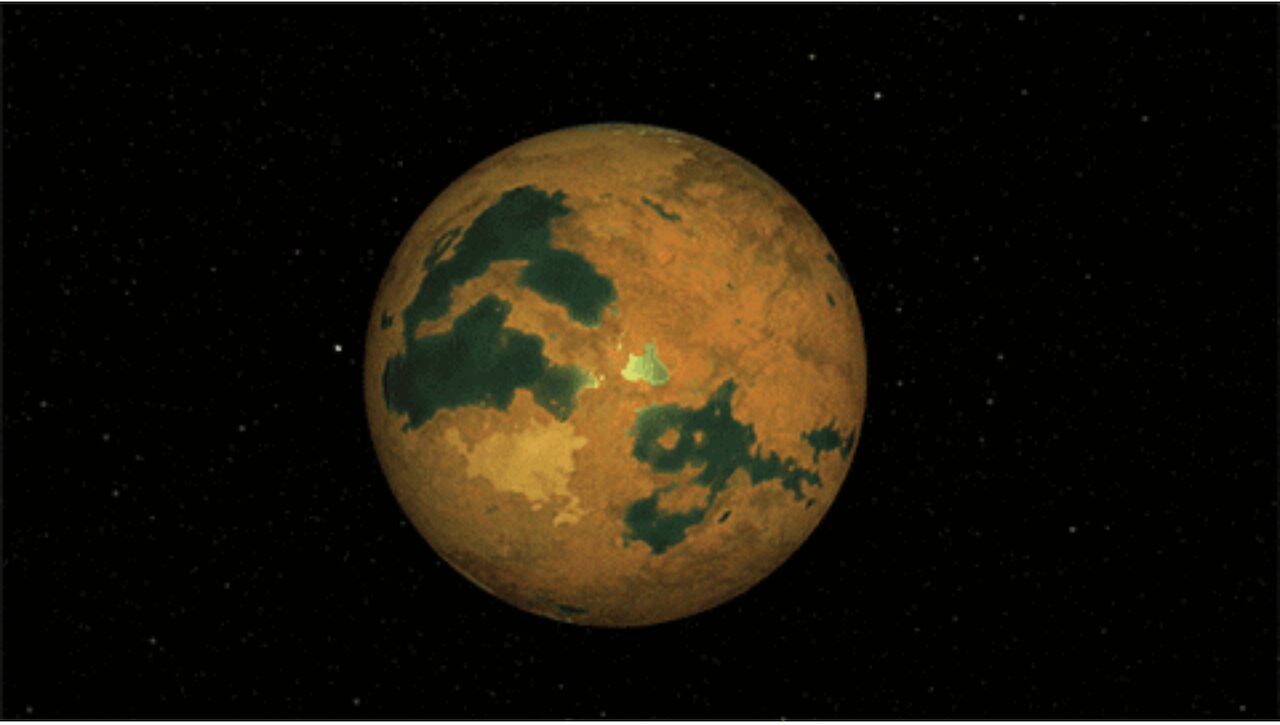Astronomers have established that the signal, which has previously been considered evidence of the existence of planet 40 Eridani A b, is actually formed as a result of the rotation of the star itself. This celestial body was located exactly where the planet Vulcan from the TV series Star Trek should have been.

Vulcan does not exist
The planet 40 Eridani A b, which could be the birthplace of the sharp-eared and very calm Vulcans from the Star Trek series, does not actually exist. At least this is evidenced by the data published in the new study. Its authors are a number of American scientists from NASA and a number of US universities.
40 Eridani is a binary star system located 16 light years away from us. Due to the popularity of Star Trek, it has long been known as the location of the fictional planet Vulcan. Therefore, when in 2018 signs of the presence of an unknown celestial body were found in the orbit of the main component of this system, it caused a considerable stir.
According to the calculations of scientists at that time, the planet should have been a super-Earth, that is, it should have a radius larger than our planet and smaller than Uranus. Its orbital period was 42 days, which meant that it was quite hot, but science fiction fans continued to hope for a miracle.
Why did scientists decide that the planet does not exist?
Actually, the fact that there may not be a planet near 40 Eridani A was also mentioned by scientists who reported its possible discovery. Modern astronomy is dominated by two main methods of detecting worlds outside the Solar System: transit, and radial velocities.
With the help of the second one, some peculiarities were discovered, and they were mistaken for the existence of 40 Eridani A b. It consists in the fact that due to the orbit of the planet and the star around the common center of mass, the latter must fluctuate from side to side. And this movement can be seen by shifting the lines in its spectrum.
However, this method is unreliable, because a number of other factors can lead to a similar effect. In the new study, scientists obtained data from the NEID experiment conducted at Kitt Peak National Observatory. Like the previous ones, it relies on the analysis of the Doppler shift, but it does it much more accurately than before.
In these data, they found evidence that the change in the signal from the “planet” actually coincided with the orbit of the star. This means that it is not caused by a separate celestial body, but by something on the surface of this luminary, for example, a large group of spots.
Although this news may seem sad to fans of fiction, for scientists it is in some ways very positive. After all, there are still a lot of such “dubious” cases of the planet’s presence. And finally, scientists have an instrument that allows them to filter out all false messages.
According to phys.org


